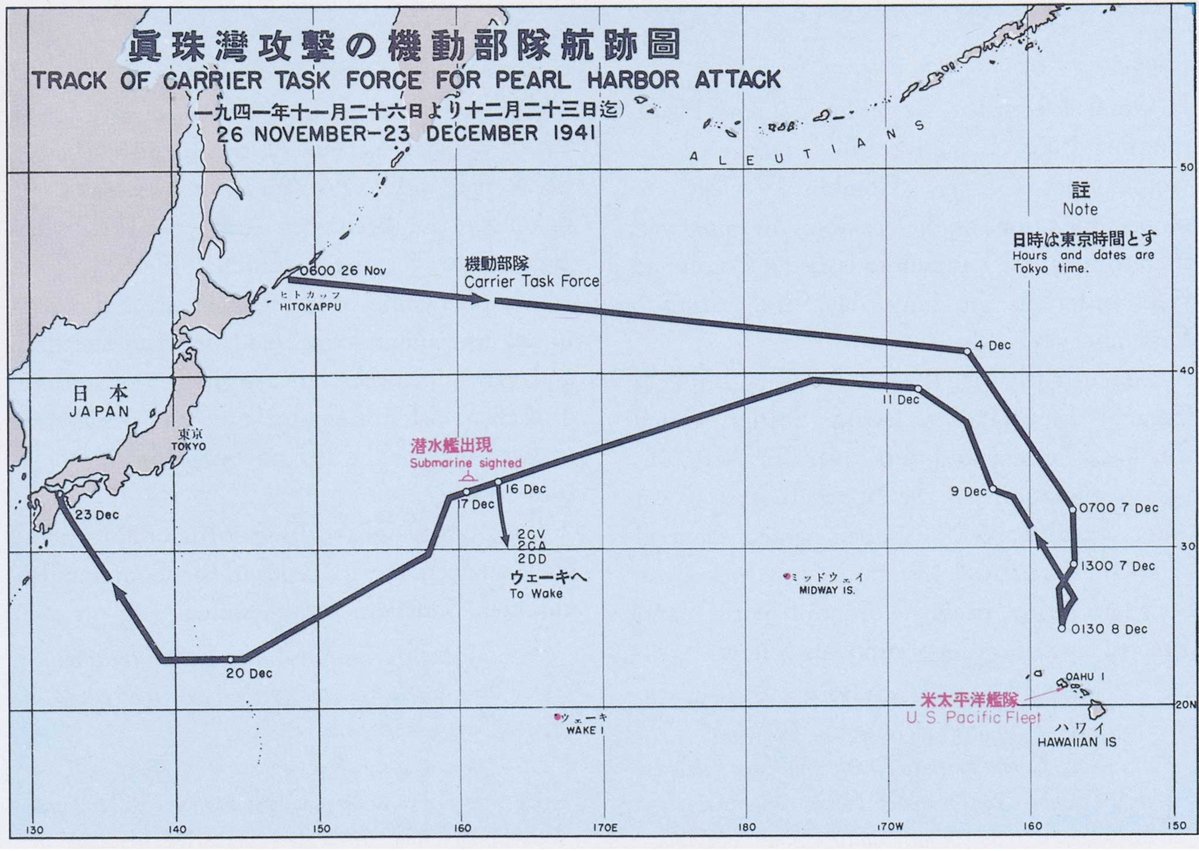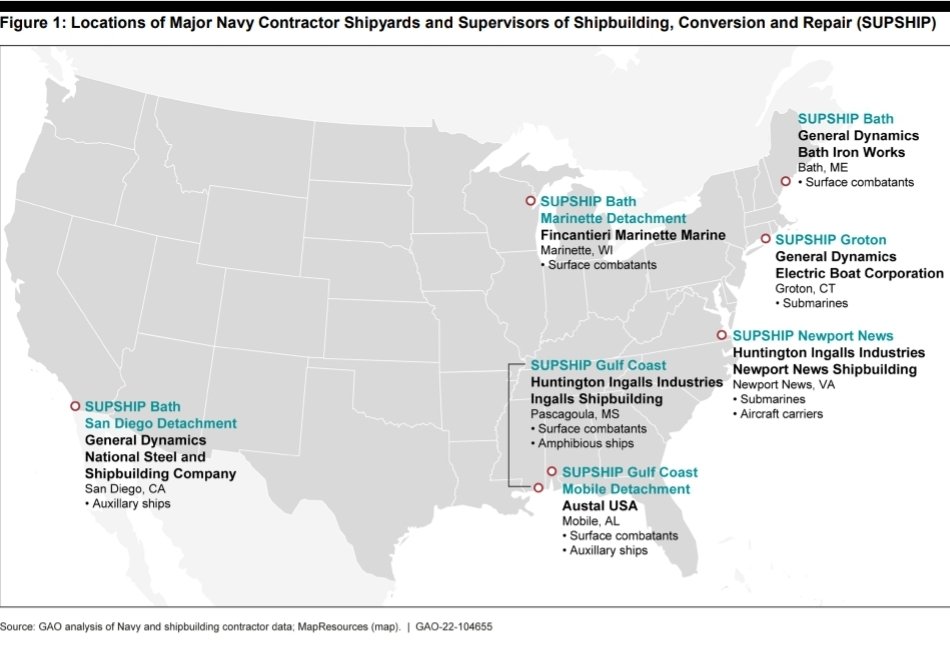1/I presented my paper "World War II Expeditionary Logisitics and Support in the Pacific" at the 2022 Virtual Expeditionary Warfare Conference.
The focus was on early WWII Pacific naval logistics, specifically oil and repair from Dec 41 to Feb 43...
The focus was on early WWII Pacific naval logistics, specifically oil and repair from Dec 41 to Feb 43...

2/Most histories - @navy1944 & #IanToll - focus on the exploits of the fast carrier task forces and the six @USNavy carriers: Enterprise, Lexington, Saratoga, Yorktown, Hornet & Wasp.
Yet, behind the scenes, these fast carriers required an extensive logistics network...
Yet, behind the scenes, these fast carriers required an extensive logistics network...

3/Built for commercial service under Merchant Marine Act of 1936, these tankers included national defense features: high speed, twin screws & provisions for guns/comms.
Six of them served as fast oilers in the Pacific: Neosho, Cimarron, Platte, Kaskaskia, Guadalupe & Sabine...
Six of them served as fast oilers in the Pacific: Neosho, Cimarron, Platte, Kaskaskia, Guadalupe & Sabine...

4/The Acadia Conference set the concept of Germany First and required @USPacificFleet to defend the area of Hawaii-Midway-Johnson Island and the vital sea line of communication to Sydney from SF (7600nm), Panama (7100nm) & Hawaii (5100nm).
This required base development...
This required base development...

5/Joint ops by @USArmy @USNavy & @USMC, plus commercial ships from @APLShipping @MatsonLines, allowed the development of bases & reinforcements to hold the line.
Ops of fast carrier task forces in the south Pacific demo the need for both fast oilers & civilian tankers...
Ops of fast carrier task forces in the south Pacific demo the need for both fast oilers & civilian tankers...

6/The bulk of the @USNavy & @Australian_Navy operated in the Guadalcanal campaign. To initially support the op, tenders, repair, store & ammo ships were forward deployed to Tonga, then Noumea. The need for more extensive support became clear after Savo Island... 

7/The campaign resulted in a large number of ships sunk (red) & damaged (blue). All of the ships sunk were replaced by new builds, some in the course of the war. Ships damaged received assistance in theater and then sailed to drydocks and yards in Australia, Hawaii & US... 

8/Case in point USS Minneapolis (CA36). She was hit in her engine room and lost her bow to Type 93 torpedoes at the Battle of Tassafaronga. She received ad hoc repair at Tulagi from CBs and then sailed to Pearl Harbor for a new bow.
Damaged in Nov 42, she was back in Apr 43...
Damaged in Nov 42, she was back in Apr 43...

9/Fast forward, could the US protect an extensive sea line of communication, provide sufficient logistics to sustain ops across Pacific & do we have the capability to repair ships in theater and shipyards to build and repair?
The lessons from early WWII logistics resonate today.
The lessons from early WWII logistics resonate today.

10/@CSBA_ study on Maritime Logistics makes the case for what is required in a modern sea projection mission across the Pacific. One if the areas of deficiencies is in oilers, commercial tankers and repair facilities.
csbaonline.org/research/publi…
csbaonline.org/research/publi…
A @USPacificFleet study in Apr 42 determined to operate four fast carrier task forces would require:
5 fast oilers
3 older oilers as shuttle & station ships
3 commercial tankers, with 2 following every month.
450k bbls of fuel/month to sustain 4 TFs = 370k bbls/month.
5 fast oilers
3 older oilers as shuttle & station ships
3 commercial tankers, with 2 following every month.
450k bbls of fuel/month to sustain 4 TFs = 370k bbls/month.
• • •
Missing some Tweet in this thread? You can try to
force a refresh






















